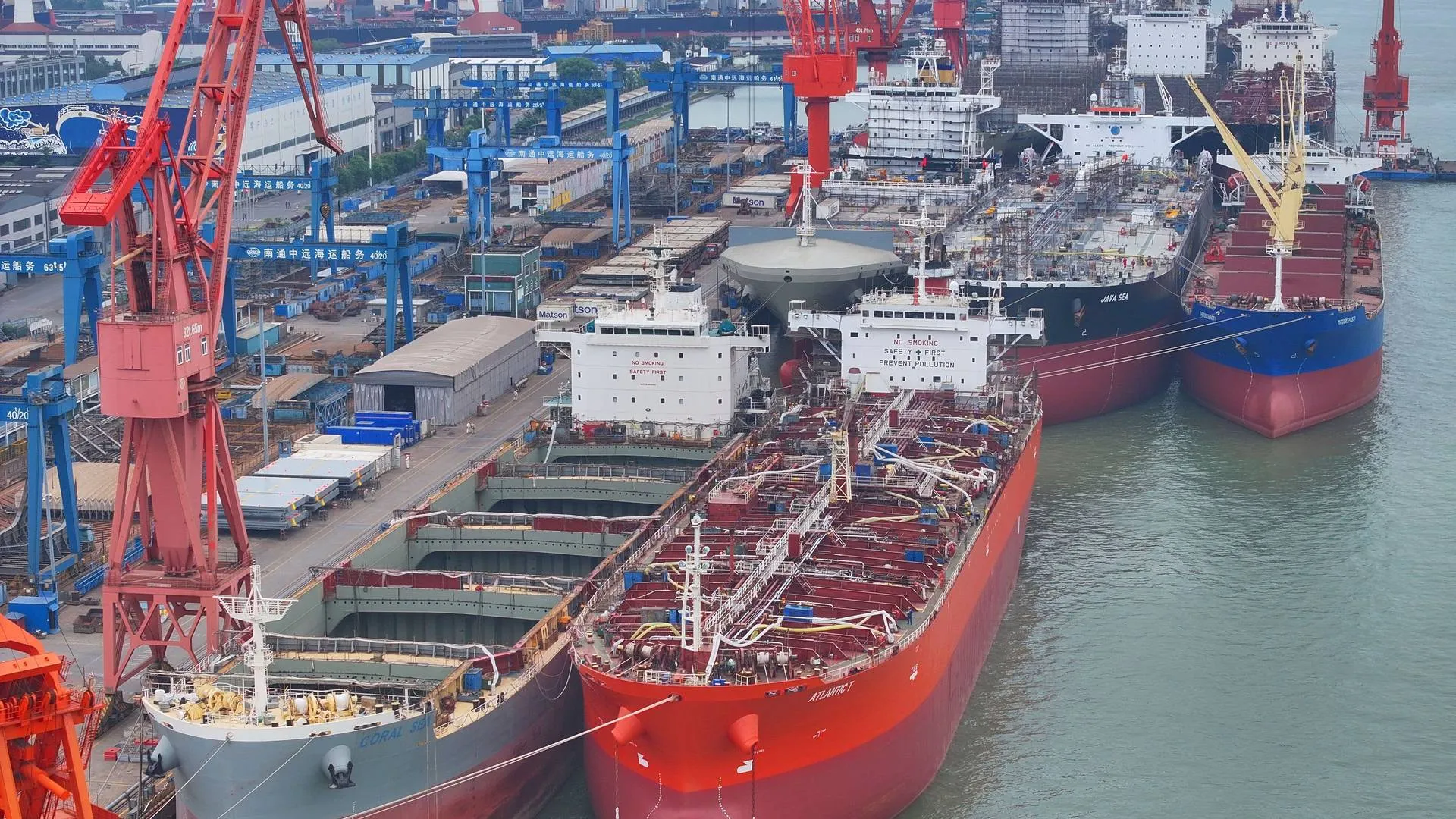The shipping industry has committed to ambitious GHG emission reduction targets, aiming for a net-zero carbon future by 2050. This transition marks a true maritime renaissance, fundamentally reshaping ship operations. A diverse array of low- or zero-carbon fuels and technologies—biofuels, methanol, ammonia, hydrogen, onboard carbon capture, battery assistance, and wind-assisted propulsion—are under exploration, with sustainability at the core.
Yet, the adoption of these innovations faces significant hurdles: limited production, supply chain issues, availability, and high costs of new fuels and technologies (not to mention safety concerns). Today’s renewable energy capacity falls short of supporting large-scale green fuel production. Scaling up demands sustained global cooperation amid fragile geopolitical ties and rising trade protectionism. Retrofitting or replacing existing fleets will require massive investments in shipbuilding and recycling, prompting the question: Is the industry setting overly stringent goals for itself—and what will it truly take?
As the old English saying goes, “Every dark hour brings forth its champion.” Here, nuclear power could be that hero. The IAEA Secretary General has stated that global climate goals are unattainable without nuclear energy. And why not? Nuclear propulsion is proven—used for decades on naval vessels and submarines, and still powering Russian Arctic icebreakers.
It offers clean, virtually inexhaustible energy with superior onboard power generation. Alternatively, nuclear reactors on offshore barges could supply remote communities, desalinate water, or produce green fuels, unlocking myriad possibilities.
Public caution toward nuclear energy persists, understandably shaped by Chernobyl and Fukushima legacies. The technology works flawlessly, though— the World Nuclear Association reports over 14 000 reactor-years of accident-free operation in marine environments. Safety records inspire optimism, but they highlight the need for rigorous efforts by designers, manufacturers, and regulators to harness it securely. Nuclear also uniquely supports end-of-life recycling, encompassing the ship, reactor components, auxiliaries, and spent fuel.
The surge in Generation IV nuclear technology promises enhanced safety through passive measures, drastically reducing risks like those at Chernobyl or Fukushima. This innovation cannot be overlooked; shipping stands to gain immensely from its adoption.
From a classification society’s viewpoint (like IRCLASS), approving nuclear tech for civilian ships poses formidable challenges. The marine environment is far more dynamic and hostile than terrestrial ones. Engagement with regulators—from the IAEA to national nuclear bodies, port, and coastal authorities – will be essential. Classification societies will bridge maritime and nuclear disciplines, safeguarding the ship, crew, and environment.
A systematic, holistic risk assessment is crucial, alongside robust procedures to qualify “first-of-a-kind” (FOAK) technologies—technology-agnostically. Material technology is vital for safely containing radioactive fuel and shielding against radiation in containment-loss scenarios.
Nuclear adoption will spawn new service providers (e. g., fuel removal, replenishment, inspections, maintenance), largely guided by terrestrial nuclear regulations. Licensing shipyards and recycling facilities for nuclear-powered vessels is anticipated.
ISM and cybersecurity audits, plus decommissioning protocols considering safety and non-proliferation, will also fall under classification societies’ purview as recognized organizations for flag administrations.





